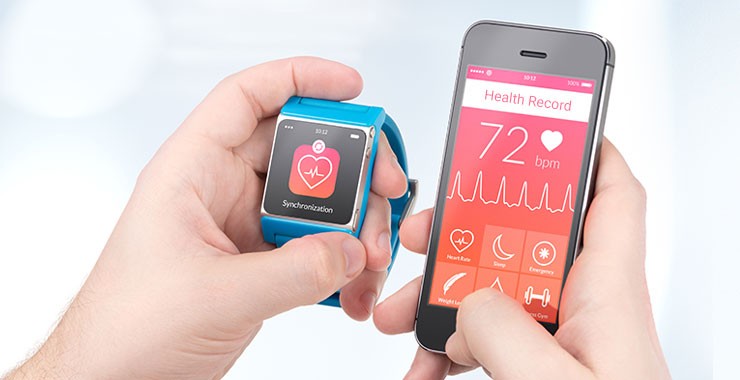
Wearable Device Data in Civil Litigation: A Comprehensive Guide
Introduction
As the use of wearable technology continues to grow, its impact on the legal industry is becoming more apparent. Wearable devices are capable of collecting extensive data on our bodily systems, from activity levels to heart rate and sleep patterns. This information can be used in civil litigation to support or challenge claims of injury or disability. However, the discoverability and admissibility of wearable device data in civil litigation is an issue that has yet to be fully resolved.
The Fourth Amendment and Admissibility
The Fourth Amendment constrains the admissibility of wearable device data in criminal cases. However, in civil cases, discovery is broader and more extensive, allowing for the potential admissibility of wearable device data in court. The earliest cases involving wearable device data in civil litigation demonstrate its relevance to personal injury claims.
Canadian Case
In a Canadian case, Fitbit data was used to support a plaintiff’s claim that her activity levels declined as a result of a car accident. The plaintiff used the data to demonstrate that her activity levels had decreased lower than is typical of someone her age and profession.
Bartis v. Biomet, Inc.
In Bartis v. Biomet, Inc., the plaintiff brought product liability claims against the manufacturer of an artificial hip implant, claiming substantial injuries that caused pain and limited mobility. The plaintiff admitted to consistently wearing a Fitbit, which tracked his sleep, heart rate, and steps. The defendants requested the production of the plaintiff’s Fitbit and other wearable device data, but the plaintiff objected. The court found that the Fitbit data was relevant to the plaintiff’s alleged injuries and ordered that a portion of the data be produced.
Discoverability of Wearable Device Data
Wearable device data is relevant and reasonably accessible, making it subject to discovery in civil litigation. Requests for production of this data may be made through interrogatories or through Rule 34 of the Federal Rules of Civil Procedure, which allows parties to request the production of electronically stored information (ESI).
Targeted Requests
Requests for production should be targeted and account for the exact type of data available and the relevant time frame. A blanket request for all data is likely to be insufficient and could be deemed a fishing expedition or invasion of privacy.
Production Methods
One low-burden means of production is requesting screenshots or printouts of certain data metrics. Defense counsel can identify the medium by which they want the ESI data produced and create a step-by-step guide for plaintiffs to follow in locating and capturing the relevant information. Third-party data vendors can also obtain this information remotely without requiring plaintiffs to send in their phones.
Admissibility of Wearable Device Data at Trial
To be admitted as evidence at trial, wearable device data must meet the touchstone requirements of relevance, authenticity, and reliability. Authenticity can be established through several channels, such as questioning the device owner on the stand, presenting evidence from the manufacturer, or using a computer forensics expert. The reliability of wearable device data must also be demonstrated through evidence of error rates or subsequent remedial measures taken to correct malfunctions in the devices.
Conclusion
As wearable devices continue to grow in popularity, defense counsel should realize their evidentiary value and strategically request production of this type of ESI. However, due to the relative newness of this technology, litigators are lagging behind in seeking it, and there is surprisingly little precedent. Nevertheless, wearable device data has the potential to significantly impact civil litigation, and it is essential for attorneys to familiarize themselves with the discoverability and admissibility of this data.
Originally Post From https://www.jdsupra.com/legalnews/the-wearable-revolution-how-to-use-4704779/
Read more about this topic at
WEARABLES WHITE PAPER
The Discovery of Wearables


